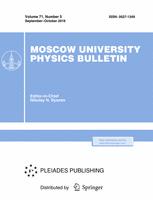Water clusters (Н$_2$О)$_6$ are simulated by the Monte Carlo method with the Metropolis function at various temperatures ($T_1=273$ K, $T_2=298$ K, and $T'_1=373$ K) and densities ($\rho_1=0.9998$ g/cm$^3$, $\rho_2=0.9167$ g/cm$^3$, and $\rho_3=0.00059$ g/cm$^3$) of the system. It is established that the number of retained most probable configuration types at $\rho_1=0.9998$ g/cm$^3$ during temperature transitions from $T_1=273$ K to $T_2=298$ K and from $T'_1=373$ K to $T_2=298$ K is smaller than at $\rho_1=0.9998$ g/cm$^3$. This result was acquired on the background of the following invariable parameters of the system with the same temperature transitions for each of three values of density: (i) the average number of retained most probable configuration types, (ii) the average fraction of weight coefficients of the most probable configuration types, and (iii) the average potential energy. The configuration type that was retained among the most probable configuration types of the system for all values of density ($\rho_1=0.9998$ g/cm$^3$, $\rho_2=0.9167$ g/cm$^3$, and $\rho_3=0.00059$ g/cm$^3$) of the system for temperature transitions from $T_1=273$ K to $T_2=298$ K and from $T_1'=373$ K to $T_2=298$ K was also revealed.
Faculty of Physics, Moscow State University, Moscow, 119991, Russia



